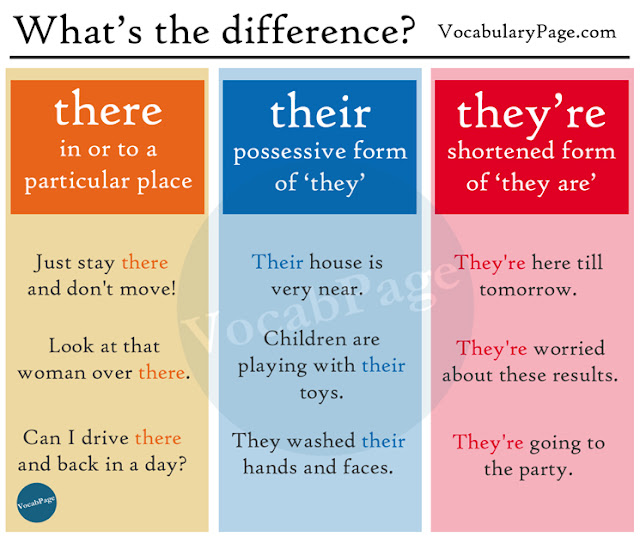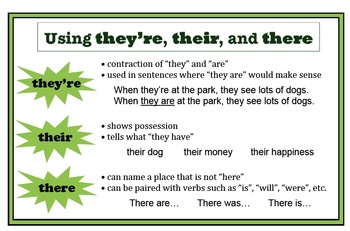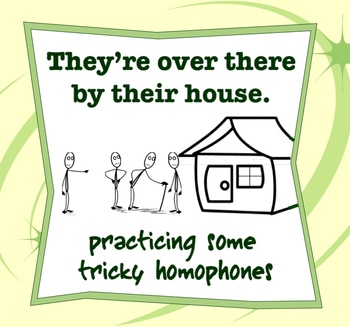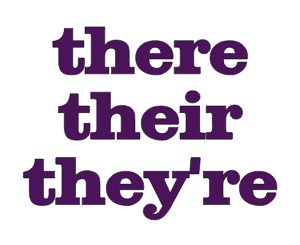

Just about anyone can use this grammar tool. Grammar mistakes happen to everyone, our tool makes finding these errors easy! Who Can Use This Grammar Tool? Our online grammar checker is guaranteed to quickly identify any grammar errors and improve the quality of your writing. No matter if you are in grade school or if you have been writing for 20 years, we all make mistakes. Let’s face it…none of us are perfect writers. If you’re looking for a place to get started I highly recommend checking out the Proofreading Academy by Knowadays! There are many simple ways to use your skills to make some money!īonus: If you already have a solid understanding of the English language, consider being a freelance writer! If this interests you, check out our post on is Writers Work legit and get your career started! Why do I need to grammar-check my work? If you’re interested in making a career out of English grammar then you’re my kind of person! Our detailed grammar guides will be instrumental in building the skills necessary to be effective in a workplace. The difference between They’re, Their and There is a common mistake even for native speakers in written English so don’t worry if you find this difficult at the beginning.“I like the cut of your jib” is used to … (Sounds WRONG) … It needs to be THEIR cars. If it doesn’t sound correct, then you need to use THEIR. If it sounds correct then THEY’RE is correct. (Sounds WRONG) … It needs to be THEY’RE happy.

If it doesn’t sound correct, then you need to use THEY’RE. If it sounds correct then THEIR is correct. How can I remember the difference between THEY’RE and THEIR? They’re happy their friend won the race.They’re learning English at their school.

(There can be an adjective before the noun) They’re = They are … can also be followed by a plural noun. They’re = They are … can be followed by a verb ending in -ING. (= They are angry … angry is an adjective) They’re = They are … is often followed by an adjective. IMPORTANT: we do NOT add an S to the end of their with plural nouns. Sometimes there is an adjective before the noun. NOTE: There is no article before the noun. The students put their homework on the teacher’s desk.They took their surfboards to the beach.We use Their + Noun (usually a thing or person/people) How do we know when to use THEIR or THEY’RE? The first THEY’RE is a contraction of THEY ARE … the second THEIR is a possessive adjective (showing they have something) and the third THERE refers to the place they are reading which is not here. This is an example of They’re, Their and There in the same sentence: They’re reading their books over there.They are reading their books over there.In this sentence, we can replace They are with the the contraction They’re. ( Their is a possessive adjective … they are not my books, they are their books) THEY’RE, THEIR and THERE in the same sentence There is + singular noun (or uncountable noun) When THERE is followed by IS or ARE, then it means that something or some things exist. In that place, not this place.ī: Your keys are there on the table. Mother and teacher are NOT possessions! They are something that you have. The noun after their can refer to a thing (or person) that these people have. THEIR is used for a group of two or more people that are not with you right now. These are not my toys, they are their toys.My book, your book, his book, her book, their book. It shows possession, that something belongs to some people you are not talking to right now.Įxamples of other possessive adjectives are MY, YOUR, HIS, and HER: ( They’re here means they are … they are happy)

What is the difference between Their, They’re and There? THEY’RE – Basic Explanation It is a common mistake to misspell these words in written English, even for native English speakers because they sound the same. Words that sound the same are called homophones. Their, They’re and There sound the same in English. What is the difference between THEY’RE and THEIR and THERE?


 0 kommentar(er)
0 kommentar(er)
